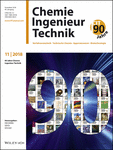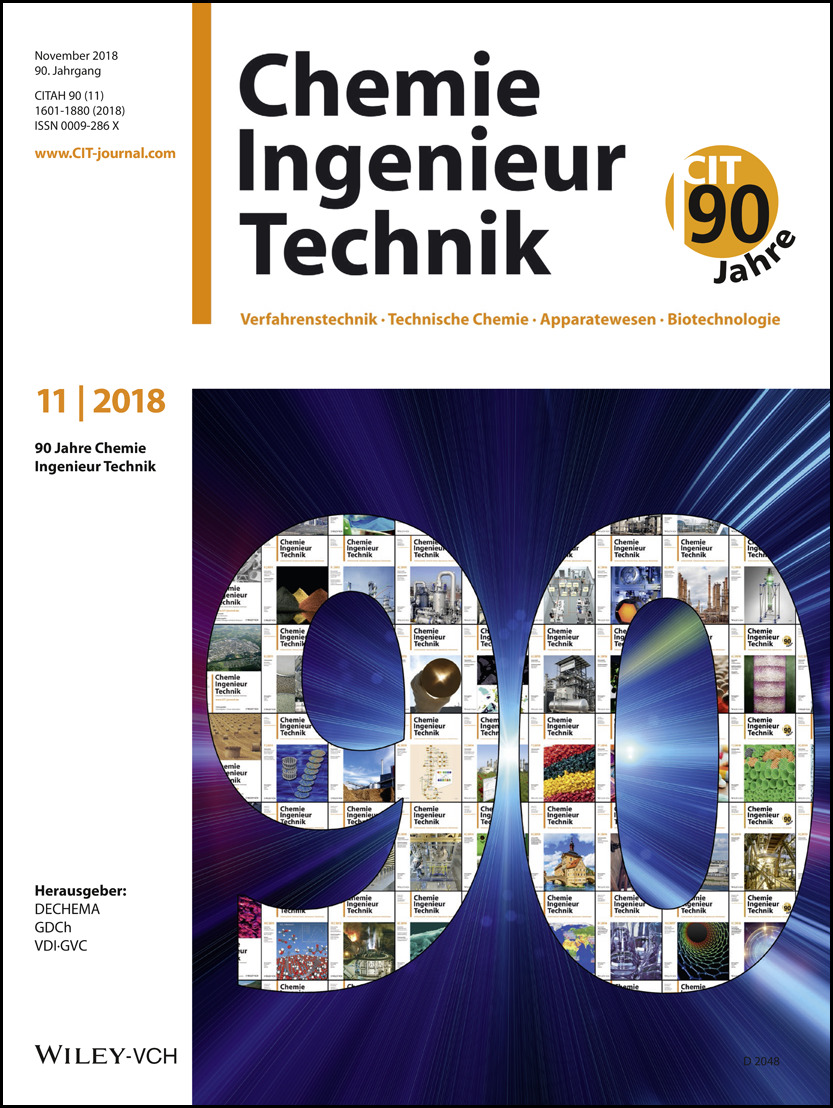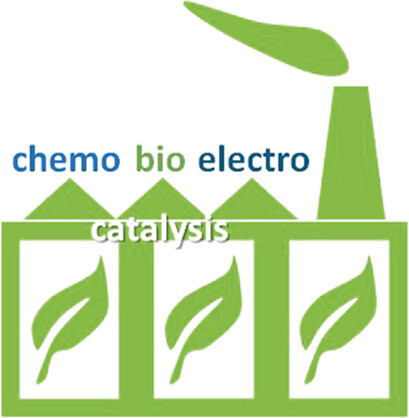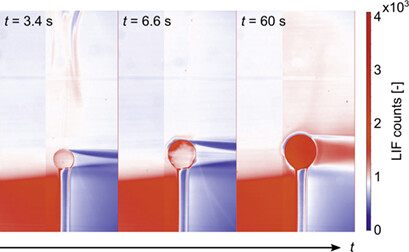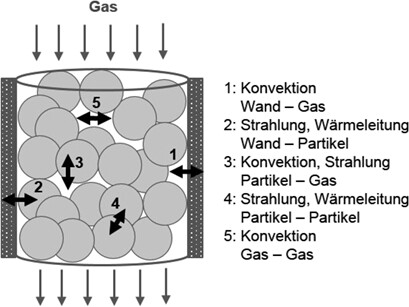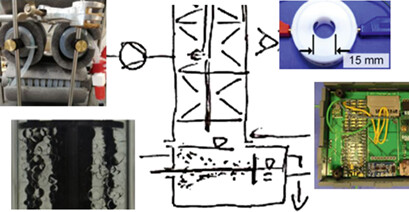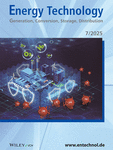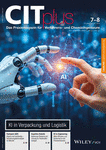Journal list menu
Export Citations
Download PDFs
Cover Picture
Inside Front Cover
Inside Front Cover Chem. Ing. Tech. 11/2018
- Page: 1602
- First Published: 25 October 2018
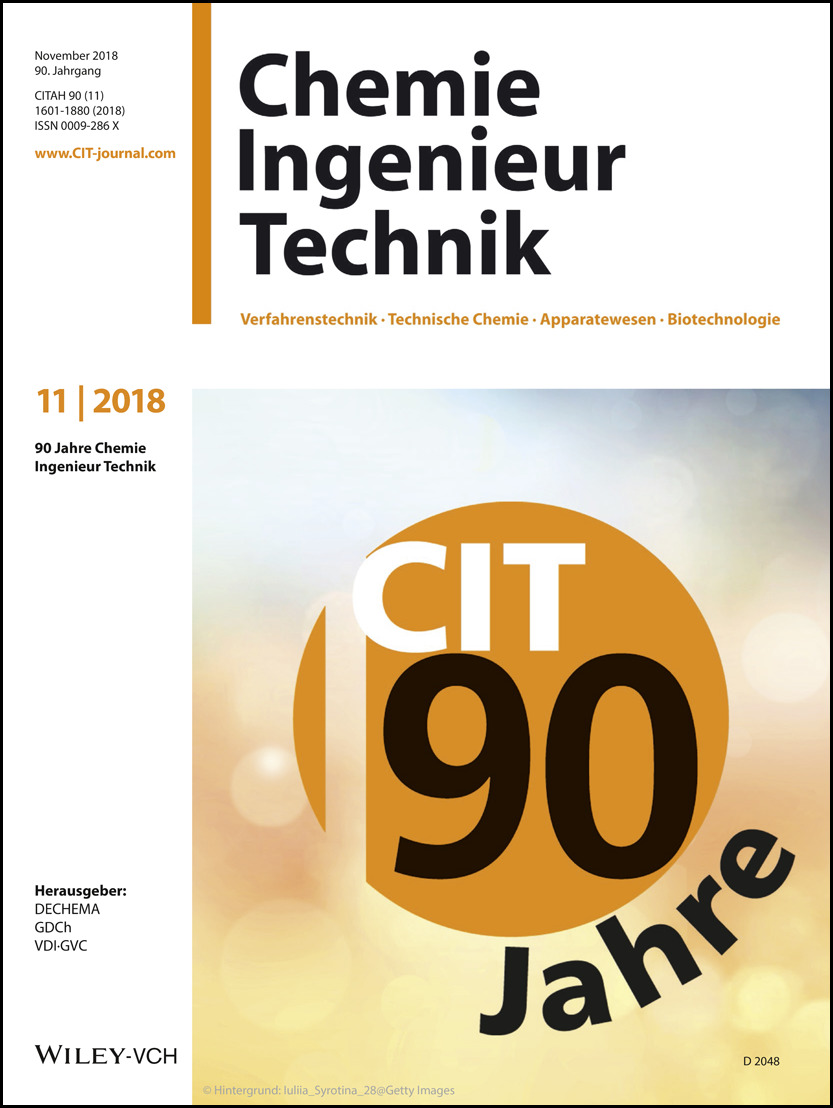
90 Jahre Chemie Ingenieur Technik
Copyright: Wiley-VCH
Copyright Hintergrund: Iuliia_Syrotina_28@Getty Images
Editorial
90 Jahre Chemie Ingenieur Technik – Wissenschaftliches Publizieren im Wandel
- Page: 1603
- First Published: 25 October 2018
Inhalt
Grußworte
90 Jahre CIT – 90 Jahre wissenschaftliches Hochleistungsbarometer
- Page: 1609
- First Published: 25 October 2018
90 Jahre Chemie Ingenieur Technik
Essays
100 % Digital in der Prozessindustrie – Eindrücke und Ergebnisse vom Tutzing-Symposion 2018
100 % Digital Process Industry – Impressions and Results from the Tutzing Symposium 2018
- Pages: 1621-1627
- First Published: 27 September 2018
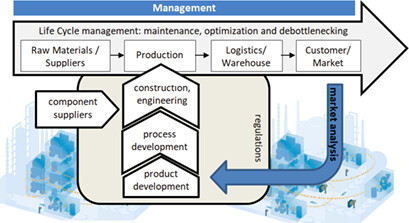
Auf Basis des Persona-Konzepts mit Design-Thinking-Elementen wurden „Prototypen” entwickelt und in griffige 12 Thesen zusammengefasst. Die enge Datenvernetzung in der gesamten Wertschöpfungskette mit der Produkt- und Prozessentwicklung wird unterstützt durch den digitalen Zwilling sowie unterschiedliche Methoden der künstlichen Intelligenz.
European Chemistry Partnering: Chemistry Makes the World Go Around!
- Pages: 1628-1633
- First Published: 20 August 2018
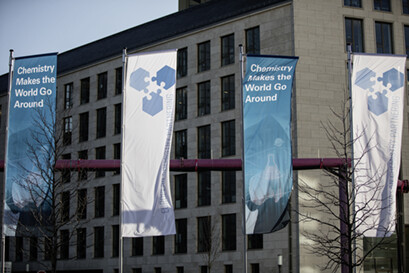
New technologies like industrial biotechnology or internet of things are changing the processes in chemical value creation: Interdisciplinary exchange is gaining in importance. With the European Chemistry Partnering, an international chemistry community is growing that wants to derive more innovation from what already exists.
Aus den Gesellschaften
Aus der Community
Forum
Essays
Die zukünftige Sicherung der Rohstoffbasis
Future Securing of the Raw Materials Base
- Pages: 1647-1657
- First Published: 10 October 2018

Der Vorteil einer wertstoffchemischen Verfahrensentwicklung zur zukünftigen Rohstoffsicherung liegt in der herkunftsunabhängigen Gewinnung der Rohstoffe. Die Rohstoffströme werden in einer einzigen Prozesskette verarbeitet, wodurch ein Downcycling vermieden wird und ausschließlich Primärproduktqualitäten erreicht werden.
Übersichtsbeiträge
90 Jahre CIT – 90 Jahre Entwicklungen in Biotechnologie und Bioverfahrenstechnik
90 Years CIT – 90 Years Development in Biotechnology and Bioprocess Engineering
- Pages: 1658-1675
- First Published: 24 September 2018
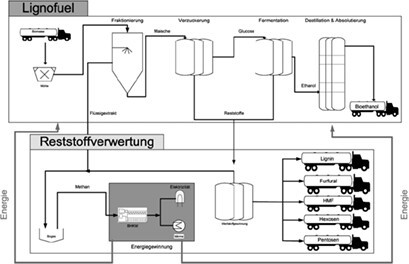
Anlässlich des neunzigjährigen Jubiläums der Zeitschrift Chemie Ingenieur Technik zeichnet der Beitrag die Entwicklung der Biotechnologie in der Zeit von 1949 bis heute anhand von Veröffentlichungen in diesem Journal nach. Aus jeder Dekade werden dazu zentrale Fortschritte und Tätigkeitsfelder der Disziplin exemplarisch vorgestellt.
Reviews
One Century of Bioenergy in Germany: Wildcard and Advanced Technology
- Pages: 1676-1698
- First Published: 11 October 2018
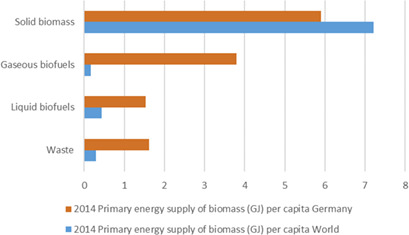
An overview on the innovations of bioenergy over the last century until today and future prospects in Germany is given. Technical innovations, political and energy crises have always been the main drivers for transformation of the energy system. The future bioenergy supply has to be even more efficient, demand-oriented and integrated in the energy system.
Sustainable Carbon Sources and Renewable Energy: Challenges and Opportunities at the Interface of Catalysis and Reaction Engineering
- Pages: 1699-1708
- First Published: 27 September 2018
Description of Disperse Multiphase Processes: Quo Vadis?
- Pages: 1709-1726
- First Published: 27 September 2018
Process Modeling, Simulation and Optimization: From Single Solutions to a Multitude of Solutions to Support Decision Making
- Pages: 1727-1738
- First Published: 18 September 2018

The reliable prediction of what-if scenarios is one of the main benefits made possible by model-based process simulation and optimization. This amounts to a shift of paradigm, away from single solutions to solution sets. Methods, industrial examples, benefits and perspectives are addressed in this contribution.
Übersichtsbeiträge
Aktueller Stand zur Modellierung von Festbettreaktoren und Möglichkeiten zur experimentellen Validierung
Modeling and Validating Fixed-Bed Reactors: A State-of-the-Art Review
- Pages: 1739-1758
- First Published: 10 October 2018
Reviews
Quo Vadis, MOF?
- Pages: 1759-1768
- First Published: 11 July 2018
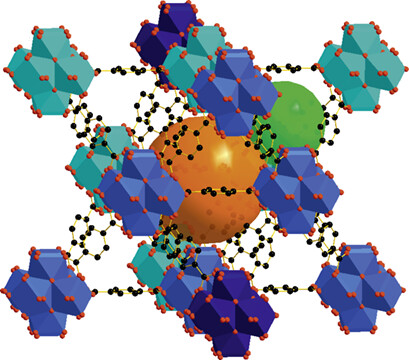
In the last 15 years an exponentially growing interest of the scientific community in metal-organic frameworks (MOFs) can be stated. The commercialization of MOFs will proceed in small steps with niche applications mainly in gas storage and release. If these applications turn out to be successful and confidence in MOFs is built up, bigger applications in adsorption and permeation separation will follow.
Generalizing Countercurrent Processes: Distillation and Beyond
- Pages: 1769-1781
- First Published: 15 October 2018
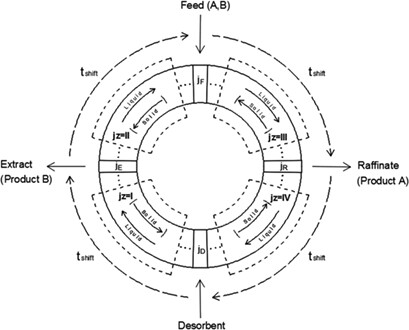
The success of multistage distillation processes has been a key motivator for the development of many other principles of countercurrent separation processes. Applying a generalized equilibrium stage model selected alternative applications based on exploiting other phase situations and operating principles are presented and compared.
Coupled Production of Steel and Chemicals
- Pages: 1782-1805
- First Published: 20 August 2018
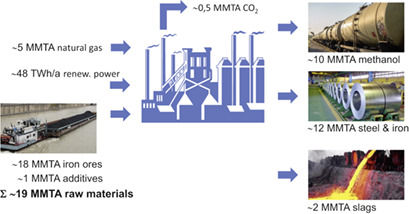
In a Carbon2Chem® subproject the production of oxymethylene ethers via methanol from steel mill gases was investigated. If coupled with methanol production, natural gas-based direct reduced iron processes offer the chance for quantitative CO2 emission reduction in steel mills at the lowest CO2 avoidance costs. The required energy could be supplied as renewable electricity.
Process Intensification – An Unbroken Trend in Chemical Engineering
- Pages: 1823-1831
- First Published: 08 August 2018
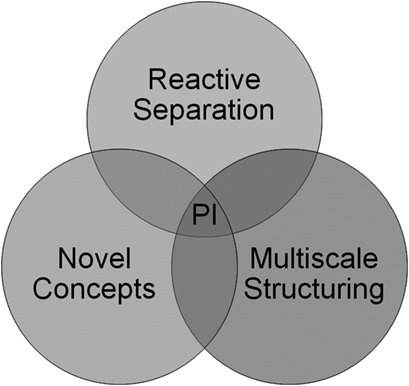
Process intensification helps to address the steadily increasing demands to design and operate a chemical process as efficient and sustainable as possible. This contribution provides a rough overview on the history of process intensification, highlights three current examples of research and closes with a brief outlook to future activities.
Current to Clean Water – Electrochemical Solutions for Groundwater, Water, and Wastewater Treatment
- Pages: 1832-1854
- First Published: 11 October 2018
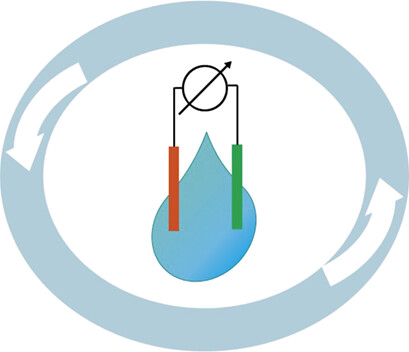
A variety of electrochemical water treatment processes for drinking water, industrial and municipal wastewater are presented. This overview ranges from classical methods, such as electrodialysis, to remove inorganic substances to current processes for the removal of trace substances or disinfection as well as for the energy production from organically contaminated wastewater.
Research Articles
An Optical Microreactor Enabling In Situ Spectroscopy Combined with Fast Gas-Liquid Mass Transfer
- Pages: 1855-1863
- First Published: 21 September 2018
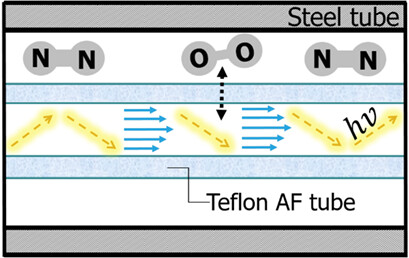
Teflon AF tubes are predestinated for the application as optofluidic devices for gas-liquid reactions at laboratory scale, due to their remarkable light transmission and gas permeation properties. Thus, a new liquid core waveguide membrane microreactor is reported, in which photo activation and simultaneous in situ detection of gas-liquid reactions is possible.</
Insights into Noncovalent Binding Obtained from Molecular Dynamics Simulations
- Pages: 1864-1875
- First Published: 21 September 2018
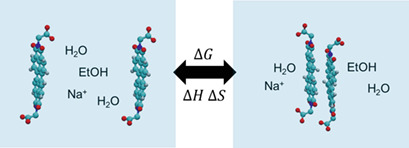
The association of molecular building blocks in a given solvent depends in a complex manner on the solvent composition. Molecular dynamics simulations provide a molecular-level understanding of the various driving forces. In this work, two examples of noncovalent binding are studied and some aspects of force field validation are illustrated.
Buchbesprechung
Chemiereaktoren – Grundlagen, Auslegung und Simulation, 2. Auflage. Von J. Hagen.
- Page: 1876
- First Published: 25 October 2018
Vorschau
Überblick
Überblick Inhalt: Chem. Eng. Technol. 11/2018
- Page: 1879
- First Published: 25 October 2018




